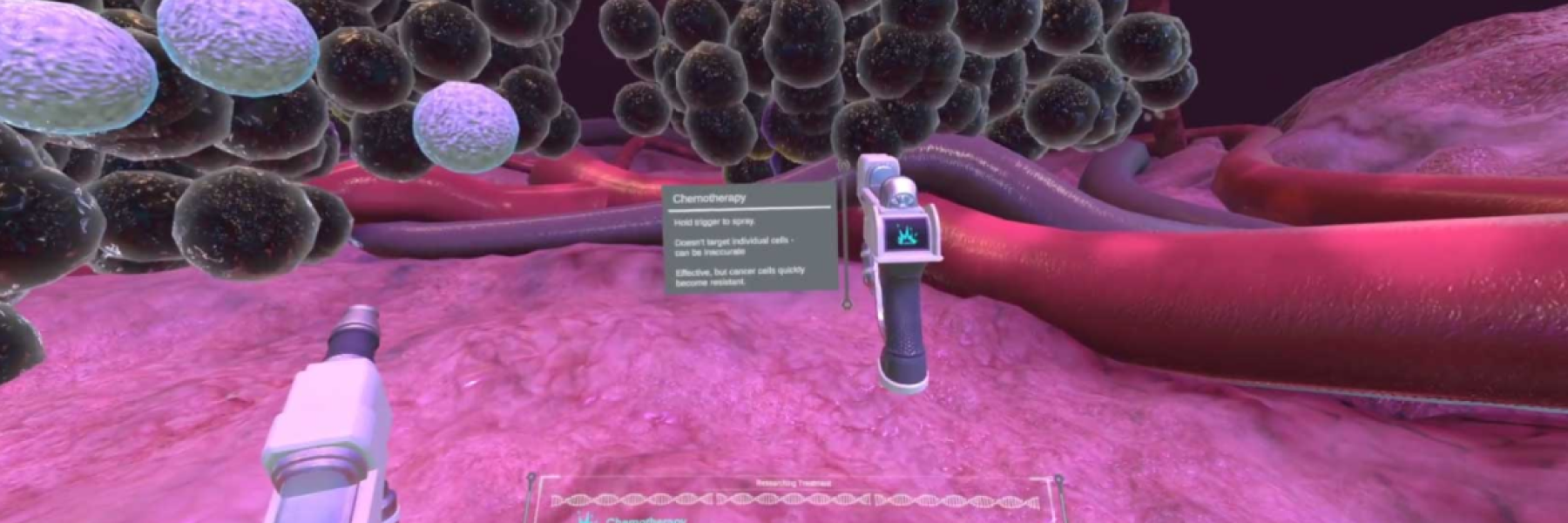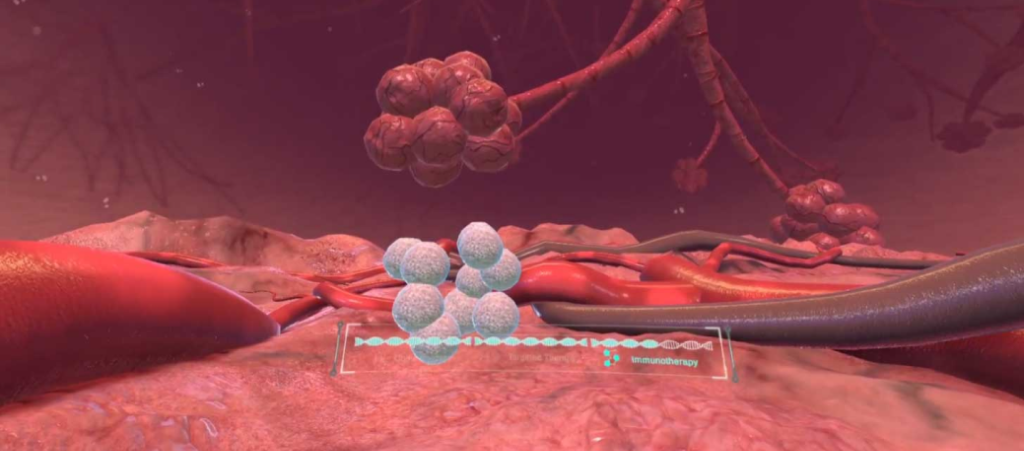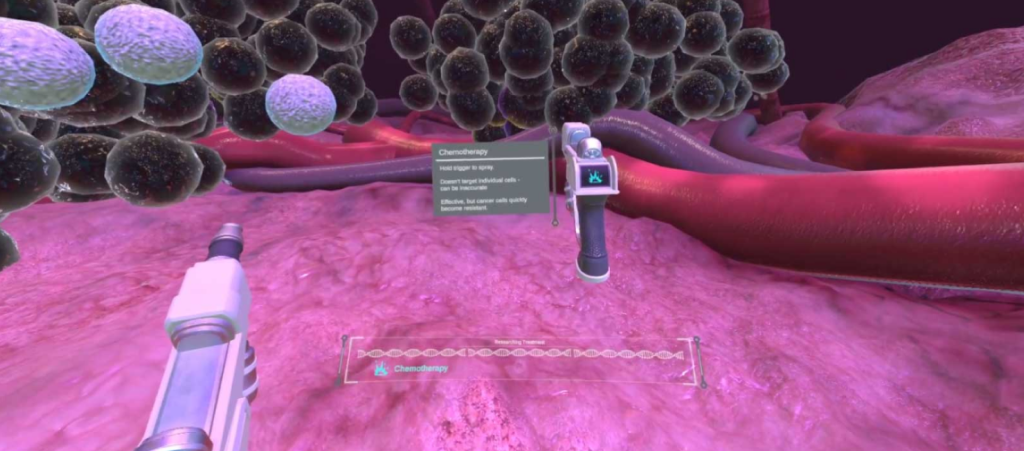
SKIN CANCER AWARENESS GAME MALIGNANCY VR IN COLLABORATION WITH QUEENSLAND UNIVERSITY OF TECHNOLOGY (QUT) & EXCITE SCIENCE
PROBLEM
Australia has one of the highest rates of skin cancer in the world, due to a predominantly fair-skinned population and being geographically exposed to higher amounts of sunlight or solar ultraviolet radiation, the main risk factor for skin cancer. Skin cancers are more common in Australia than all other cancers combined and cost over $800 million to treat each year. Melanoma is the most lethal form of skin cancer, and its risk of developing increases with every sunburn. It is the third most common cancer in Australian men and women. In 2019, Cancer Australia estimated the number of new melanoma skin cancer cases at around 15,229 and an estimated 1,726 deaths (1,190 males and 536 females).
Furthermore, sun protection campaigns have historically been delivered through traditional communication channels such as newspapers and TV. With society increasingly favouring engaging digital content, our challenge is to develop new, innovative, and creative ways to reach young Australians.
A team of health researchers from QUT approached Real Serious Games with a video game concept that would raise awareness of the dangers and risks of sun exposure, targeted at young Australians. Despite the significant success seen with public health sun-safety campaigns introduced in the 1980s, Australians aged between 18–25 years are still seven times more likely to report having a sunburn in the last 12 months than those over 65 years.
SOLUTION
Real Serious Games worked with various health experts to understand how skin cancer develops inside the human body, as well as the different treatments available and how they work. Health experts were also consulted to design an accurate virtual human lung.
The final product is played as a seated virtual reality interactive video game set inside a virtual human lung. The gameplay involves a face-off with cancer, as cancer speaks to the player about how it entered the body: “through the mole on your skin”. The game then progresses to the player using a gun that represents different cancer treatments, such as chemotherapy, targeted therapy, and immunotherapy, to eliminate cancer cells from the body.

There are two voices that can be heard in the experience. First is cancer, which talks about how it spreads into the lungs and its response to treatments. The other voice is the treatment technician, which advises what each treatment is and how it combats cancer. Together, they both serve as the informational and awareness piece.
VALUE
The game was showcased at QUT’s stand during Schoolies week to a positive response. Some of the feedback from the young Australians who participated was that the game was engaging and how it changed their perception about skin cancer.

MalignancyVR was created as more than just an entertaining, educational experience, and went on to serve as the research basis for an article and case study published in JMIR Serious Games. Both QUT and Real Serious Games are now working on taking the game across Australia, and future research avenues include exploring virtual reality as a tool to change sun protection behaviour and prevent sun cancer.
LIKELY APPLICATIONS ELSEWHERE
As well as providing the foundations for skin cancer research and prevention, the technology used to create MalignancyVR can be applied to other health prevention programs in the future. It can also provide a method of engaging and educating the public with greater impact than traditional methods due to the active, experiential nature of virtual reality.


